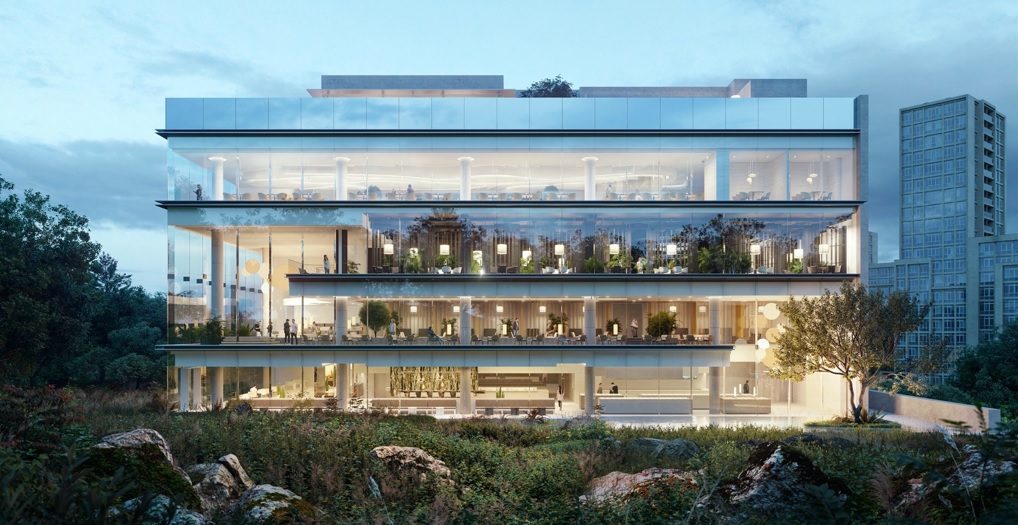Very few architectural projects would ever see the light without the help of an architectural rendering studio or 3D visualization studio as it’s also known. 3D visualization is the process used to create graphics and render designs through 3D software.
There are many industries that rely on a visualization studio to get their work done, not just architects. Engineers, gaming and film studios, and manufacturers need 3D visualization to execute their projects and cut costs.
If your dream is to own and operate a 3D architectural rendering studio, you have to overcome a few challenges, but the work can be really rewarding.

What does a 3D architectural rendering studio do?
A 3D architectural visualization studio is tasked with translating a client’s designs into a beautiful visual representation that tells a story using various realistic and attractive elements and features. Projects can be designed, refined, and revised in real-time before any building or manufacturing work takes place, which can save costs in the long run.
Many architects and property developers use a 3D rendering studio to create a picture of a project they are trying to sell and use the 3D rendering for marketing their property before it’s built.
3D rendering artists add finer details to an image, including plants, furniture, lighting, and people to make a design seem more engaging. It helps paint a picture of what a project could look like once it’s completed and inhabited in the real world.
The final product can be photo-realistic or more abstract, depending on the brief from the client.
What are the key benefits of 3D rendering?
There are several reasons why you might use the services of a rendering studio:
- It takes a technical drawing that might be hard to understand and turns it into an easily-digestible and visually appealing story. This makes your project more attractive and easier to sell to customers.
- It’s a valuable marketing tool. Investors and buyers might not understand your vision (or your blueprints, for that matter!). 3D visualization is much easier to grasp and can really capture the imagination and your vision.
- 3D rendering puts your design to the test. You can easily identify design flaws that you might not spot through conventional 2D images. Life-like models and validated designs will save time and money in the long run.
The applications of 3D rendering
3D visualization isn’t just about creating a model or selling a development. You can use 3D rendering tools for a number of applications, including:
- Creating photorealistic imagery using advanced modeling, texturing, and lighting to give customers a better experience;
- Iterate design changes at lightning speed;
- Immerse clients in the design environment and space through detailed embellishments and touches.
Which tools will I need?
You’ll need to use a tool like McNeel Rhinoceros 7 or similar software to create, edit, render and animate your sketch, drawing, model, or scan data. These workflows will usually be documented in a 3D modeling tool. You’ll need to note down everything you do, from schematic massing down to construction detail. If you are designing photorealistic imagery using the V-Ray technique, you will need V-Ray rendering software as well as 3D modeling and design applications. Common software packages used include 3ds Max, Revit, Rhino, Sketchup, and Unreal.
The hardware and software you’ll need for your studio come at a premium price, which can be challenging, but you can’t afford to skimp on them.
You will also need a solid portfolio showcasing your different skills. It’s important to showcase everything you can do – interiors, exteriors, animation and walkthroughs, and more. Most 3D studios specialize in a specific industry or area. The skills you need to mock up a BMW versus an apartment building are similar but not quite the same.
Lastly, you’ll need a visually appealing website (with your portfolio) to start attracting clients right away. Once you’ve proved your worth, you’ll likely get a lot of repeat business.
Conclusion
If you want to start a 3D architectural rendering studio, you need a combination of hardware, software, skills, and of course, determination! But if you invest the time and money into the tools and marketing you need, it can become a lucrative business in a very short time.